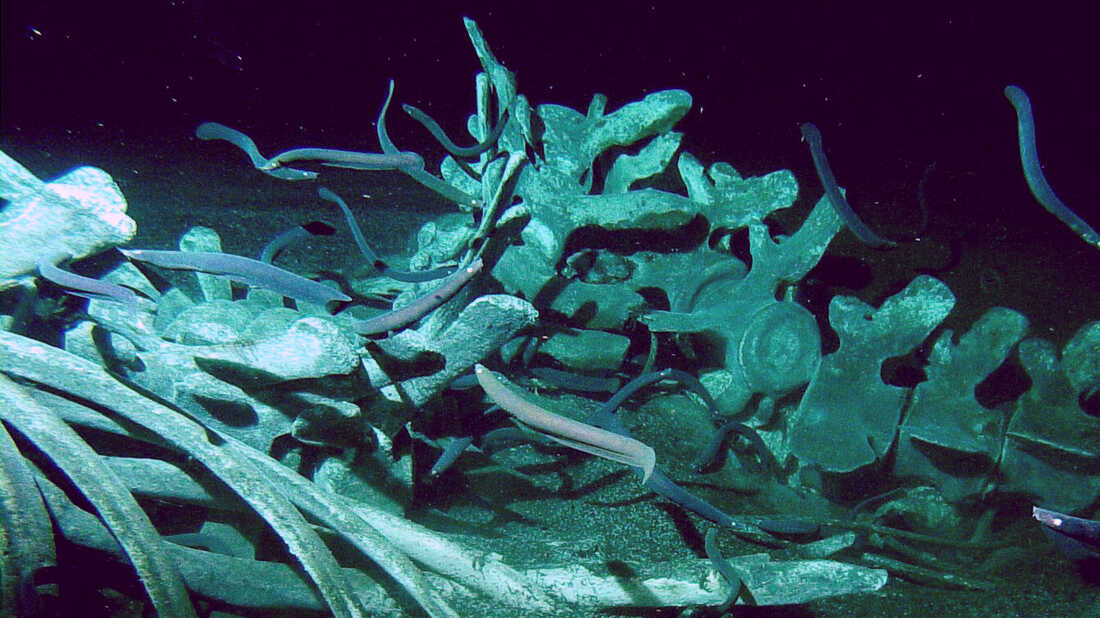This blog shows some research for the paint workshop. It includes information about the cave painting, Pompeii frescoes; Also about the artists, Frank Auerbach and Giorgio Morandi.
1. Altamira Cave
It was discovered by Marcelino Sanz de Sautuola in the late 19th century in northern Spain and it was the first when prehistoric paintings were discovered. People doubted of forgery because of the notable quality of this cave painting, they did not believe people in the past could create high-standard artistic work. It was acknowledged as real until 1902. The objects and creatures in this painting are among the best-preserved cave paintings in the world. (Touropia, 2020)
More information about the cave painting: It is for symbolic and religious purpose. It is similar to petroglyphs and engraving, as a type of parietal art. Cave paintings could be found on walls and ceilings.
It is not a surprise for me of people's doubts about its authenticity. When I saw this picture I was shocked by its vivid and bright red colour of this bull. It does not look like an ancient painting from ages ago. I feel so astonished of people's intelligence- how did they make the colours maintainability?
2. Pompeii fresco
The German archaeologist August Mau (1840-1909) described the excavation of Pompeii wall paintings was one of the largest group of surviving examples of Roman frescoes. There are four periods (Incrustation, architectural, ornamental, and intricate.) of the Pompeian Styles and they are distinguished in ancient Roman mural painting. Roman colonized the ancient city of Pompeii since 82 BC. Then the eruption of Mount Vesuvius happened in 79 AD. It destroyed the city and preserved the paintings. After the excavations in the 1840s, a large number of murals showed that Pompeii was an economically prosperous city and the paintings also tell a great deal about the prosperity of the area and specific tastes during the times.
A bit different from the Altamira cave paintings, the main aim of these Pompeii frescoes was to reduce the claustrophobic interiors of Roman rooms. The paintings brighten up the windowless and dark rooms to make them more spacious and full of colours and life.
From the past to the modern, art is always a good way to document our life. I am delighted that the paintings were preserved after Mount Vesuvius. Although we can know about the great city of Pompeii from words, I prefer to 'see' it visually. Pompeii fresco does not only allow me to know about the activities of people in that period but showing the changes in painting style.
‘Portrait of a Woman’, via Ancient History Encyclopaedia
Image from Hayward's article
This is an example of Pompeii Fresco. Females held low social status in the Roman world. However, this Pompeii fresco shows a woman holding a pen and a writing board or book. It is rare to see a woman receive an education. I am curious about her life and identity and this image became unusual and fascinating. (Hayward, 2020)
3. Frank Auerbach
Frank Auerbach, 'Portrait of Catherine Lampert', 1981-82
Tate
Frank Auerbach, 'Mornington Crescent', 1965
Tate
Frank Auerbach does not visualise the pictures and he works on his previous work in the early year. That is the reason why his paintings have a thick surface. Since the 1960s, his works were done in one go that he changed the way to paint. He experimented many times with judgement until the final version. 'For practical reasons, he does not paint landscapes from life but rather works from drawings created on-site.' (Tate, 2020)
Auerbach cited his admiration for master painters including Rubens, Picasso, Rembrandt and Constable. According to his painting style, it is obvious to see Picasso has a big influence which the paintings have bold strokes, the colour palette of complementary. I am interested in his way to use paint. He shows the movement of the brushes and also sculpts the images with paint.
One thing he learnt from Rubens, I think is the proportion. 'The Raising of the Cross', one of Rubens's well-known art pieces. It is notable that this talented artist's ability to fill the picture with figures, without the composition seeming over-crowded. 'There are fully nine men straining to erect the cross, and despite the taut muscularity and the extreme physical effort the image projects, there’s no sense of chaos. Instead, what’s projected is the weight of what’s being done … the physical weight of Christ’s body and the heavy wooden cross, as well as the spiritual weight of the crucifixion of the Savior.' (Artgreek.art, 2020) I did not notice that this picture fits nine muscular men without counting. The artist seems to hide the volume of human and the wooden cross. Although the weight of the cross and Christ's body is forcing to the left, the men are pulling to the right, it tilts the balance and also make the vividness to this painting. This is the wisest thing in Rubens' work. This feature reflects on Frank Auerbach's 'Mornington Crescent'. It consists of thick strokes, however, it does not look crowded.

Peter Paul Rubens, The Raising of the Cross, 1610, Center panel. Our Lady Cathedral, Antwerp, Belgium
4. Giorgio Morandi
Still Life, 1946
Still Life, 1960
I like Giorgio Morandi's Still Life series. He uses flattened colours to the background and thick heavy volume paint to draw objects. This contract makes his painting recognisabkle. His colours combine smoothly together that I guess he mixes conplentary colours to create the shadow. The colour palette of his paintings is very comfortable and the images look clean.
Still Life with Very Fine Hatching
1933
This drawing drew by Morandi carefully, very fine hatching as he introduced. The light and shadow look so smooth and the crossing lines might not be noticed unless you see it close. I like the way how he builds distorted edges. He only applied tones but no outlines. However, the charming point is these vivid edges.


























